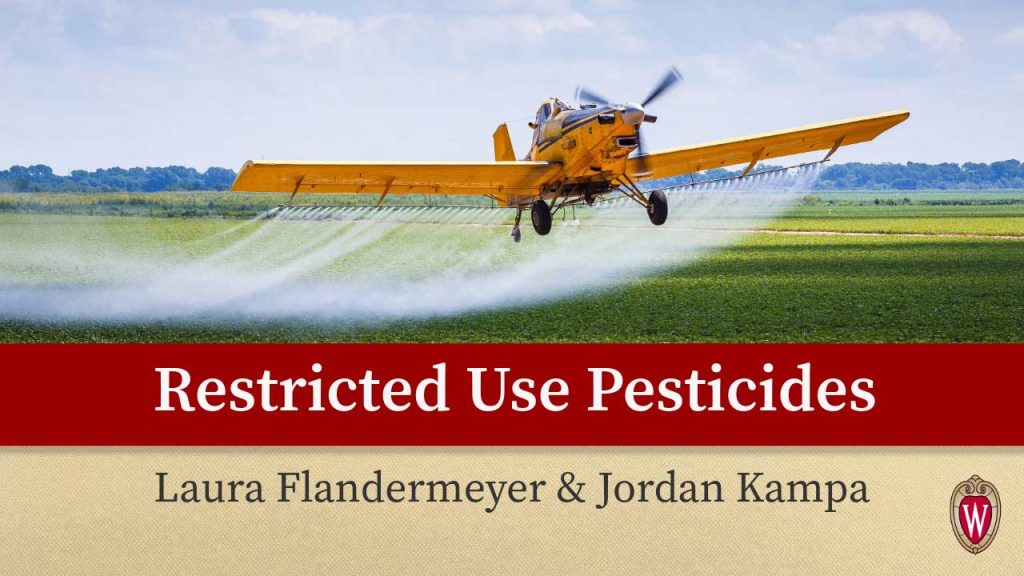
What are restricted use pesticides?
All pesticides and their specific uses must be registered by the Environmental Protection Agency (EPA). During the registration process, the EPA conducts risk assessments to evaluate risks to humans, non-target organisms, and the environment. The “risk benefits analysis” weighs the proposed product’s risks against the benefits for its specific registered uses. The EPA registers all new pesticide products and “re-registers” existing products on the market to complete periodic risk assessments based on new research. Once products are registered by the EPA, they must also be registered in the state you plan to use it in.
If the risks of a pesticide are too high, the product is not likely to be registered by the EPA and it will not be sold or used.
If the risks are within reasonable limits, the product is likely to be registered by the EPA as a “general use pesticide”.
If the risks of use are higher but still within reasonable limits, the EPA will likely register the product as a “restricted use pesticide” (RUP). RUPs are not available to the general public. In fact, the RUP designation by the EPA indicates that only certified applicators may use this product. These restrictions help reduce risks and ensure users of the RUP know essential health and environmental safety information.
Using restricted use pesticides in Wisconsin
You must be a certified private or commercial applicator in the state of Wisconsin to purchase or use (e.g., mix, load, apply) any Restricted Use Pesticide (RUP). Commercial applicators must also obtain an applicator license in addition to their certification.
Wisconsin does not allow supervisory exemptions for use of RUPs. This means a certified applicator cannot supervise an uncertified applicator’s use of an RUP.
How to identify restricted use pesticides
Read the label!
By law, restricted use pesticides must have warning statements enclosed in a box, which must appear at the top of the front page of the label with nothing above it. The statement must include the heading “Restricted Use Pesticide”, a reason for the restricted use classification, and a summary statement of the terms of restriction.
Look at some examples
Figure 1 shows a restricted use pesticide statement for a fumigant used to rid sewer lines of roots. The pesticide is restricted use due to acute inhalation toxicity, skin irritation and acute dermal toxicity to humans. In WI, it may only be purchased and used by certified applicators for the uses covered by the applicator’s certification.

REMEMBER: WI law does not allow uncertified persons to use RUPs under the direct supervision of a certified applicator. State law supersedes product labeling. You must be a certified applicator to purchase or use RUPs in WI.
Figure 2 shows a restricted use pesticide statement from an agricultural herbicide label. The pesticide is classified as restricted use due to ground and surface water concerns. It can only be purchased and used by certified applicators in WI.

Authors

Laura Flandermeyer
Pest Management Outreach Specialist – Laura supports the Pesticide Applicator Training and Nutrient and Pest Management Programs in the Agriculture Institute. She focuses on pest management in corn, soybean, wheat and alfalfa crops.

Jordan Kampa
Interim PAT Program Manager and Outreach Specialist – Jordan supports the Pesticide Applicator Training and Nutrient and Pest Management Programs in the Agriculture Institute. Her main area of focus is nutrient and pest management in row crops as well as precision agriculture technology.




